Home>Garden Essentials>Garden Plants>How To Freeze Fresh Thyme
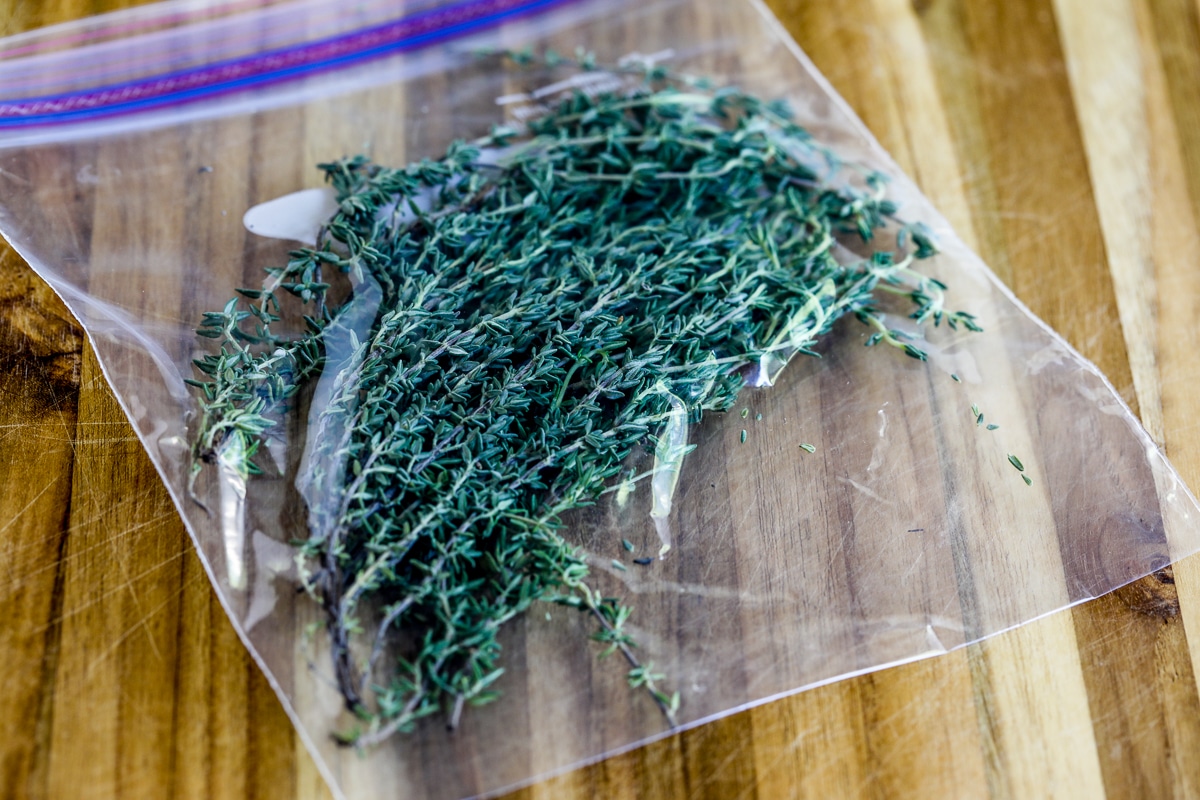

Garden Plants
How To Freeze Fresh Thyme
Modified: August 16, 2024
Learn how to freeze fresh thyme plants to preserve their flavor and fragrance for later use. Follow our simple step-by-step guide to enjoy the taste of fresh thyme all year long.
(Many of the links in this article redirect to a specific reviewed product. Your purchase of these products through affiliate links helps to generate commission for Storables.com, at no extra cost. Learn more)
Introduction
Welcome to our guide on how to freeze fresh thyme! Thyme is a versatile herb that adds a delightful flavor and aroma to a wide range of dishes. Whether you have an abundance of fresh thyme from your garden or you simply want to make the most of the thyme you bought from the store, freezing it is a great way to preserve its freshness and extend its shelf life. By having frozen thyme readily available, you can easily add a burst of flavor to your meals all year round.
In this article, we will take you through a step-by-step process on how to freeze fresh thyme. We’ll provide you with all the necessary supplies and share helpful tips along the way. So, let’s get started and ensure you have delicious thyme at your fingertips whenever you need it!
Key Takeaways:
- Preserve the Freshness: Freezing fresh thyme is a simple and effective way to preserve its flavor and aroma, ensuring you have this versatile herb on hand all year round.
- Convenient Flavor Boost: Frozen thyme can be easily incorporated into various dishes, and with the right tips, you can maximize its flavor and elevate your culinary creations.
Read more: How To Freeze Thyme And Rosemary
Supplies Needed
Before you begin the process of freezing fresh thyme, ensure that you have the following supplies ready:
- Fresh thyme sprigs
- Sharp kitchen shears or scissors
- Bowl or sink filled with water
- Paper towels or a clean kitchen towel
- Freezer-safe bags or airtight containers
- Permanent marker
Having these supplies on hand will make the process of freezing thyme much easier and more efficient.
Step 1: Harvesting Fresh Thyme
The first step in freezing fresh thyme is to harvest it from your garden or prepare it if you purchased it from a store. Here’s how you can do it:
- Choose the right time: Pick thyme when it is at its freshest and fullest. The best time to harvest thyme is in the morning, after the dew has dried but before the heat of the day.
- Using shears or scissors, carefully cut the thyme stems near the base of the plant. Select healthy stems that are vibrant green in color.
- Harvest only what you need: Avoid overharvesting and only pick as much thyme as you plan to freeze. This helps to maintain the quality of the remaining plant.
By following these steps, you’ll ensure that you have the freshest thyme for freezing. Remember to handle the thyme gently to avoid bruising or damaging the delicate leaves.
Step 2: Washing the Thyme
Once you have harvested the fresh thyme, it’s important to give it a thorough wash to remove any dirt, debris, or insects that may be clinging to the leaves. Follow these steps to properly wash the thyme:
- Fill a bowl or sink with cool water.
- Hold the thyme stems by the top end and submerge them in the water.
- Gently swish the thyme around in the water to loosen any dirt or impurities.
- Let the thyme soak in the water for a few minutes.
- Remove the thyme from the water and transfer it onto a clean kitchen towel or paper towels.
- Gently pat dry the thyme to remove any excess moisture. Be careful not to crush or bruise the delicate leaves.
Washing the thyme helps ensure that you’re freezing clean and sanitary herbs. Properly dried thyme also freezes better and avoids the risk of freezer burn.
Step 3: Drying the Thyme
After washing the thyme, it’s important to dry it thoroughly before freezing. Excess moisture can lead to freezer burn and deterioration of the thyme’s quality. Follow these steps to dry the thyme:
- Spread a clean kitchen towel or a layer of paper towels on a flat surface.
- Place the washed thyme sprigs on the towel or paper towels in a single layer.
- Allow the thyme to air dry for a few hours or until completely dry. This may take anywhere from a few hours to a day, depending on the humidity in your environment.
- Alternatively, you can use a salad spinner to gently spin dry the thyme. Be careful not to damage the delicate leaves while using the spinner.
Drying the thyme thoroughly ensures that the herbs freeze well and maintain their flavor and aroma. Once the thyme is completely dry, you’re ready to move on to the next step of freezing.
To freeze fresh thyme, remove the leaves from the stems, place them in an airtight container or freezer bag, and store in the freezer for up to 6 months.
Read more: How To Clean Fresh Thyme
Step 4: Freezing the Thyme
Now that your thyme is clean and dry, it’s time to freeze it. Freezing the thyme properly helps retain its flavor and freshness for an extended period. Follow these steps to freeze the thyme:
- Remove the leaves: Strip the thyme leaves from the stems by running your fingers along the stem in the opposite direction of growth. Discard any woody or tough stems.
- Select your freezing method: You have a couple of options when it comes to freezing thyme. You can freeze the leaves as is, or you can chop or mince them before freezing. Choose the method that works best for your future cooking needs.
- Prepare your freezer bags or containers: If using freezer bags, ensure they are labeled and write the date of freezing on them. This helps you keep track of the thyme’s freshness. If using containers, make sure they are airtight and freezer-safe.
- Portion the thyme: Divide the thyme into small portions that you would typically use in recipes. This makes it easier to grab the desired amount without having to defrost the entire batch.
- Place the thyme into the freezer bags or containers: Fill each bag or container with a portion of thyme, leaving some room at the top for expansion during freezing.
- Seal the bags or containers: Ensure that the bags are tightly sealed or the containers are securely closed to prevent air and moisture from entering.
By following these steps, you’ll have neatly packaged frozen thyme ready to use whenever you need it. Freezing the thyme in small portions allows for easy access and prevents unnecessary waste or defrosting.
Step 5: Storing Frozen Thyme
Proper storage is key to maintaining the quality of your frozen thyme. Follow these steps to ensure that your thyme stays fresh and flavorful:
- Label the packaging: If you haven’t done so already, label your freezer bags or containers with the date of freezing. This will help you keep track of the thyme’s freshness.
- Store in the freezer: Place the packaged thyme in the freezer, ensuring that it is placed in a level position to avoid any potential spills or damage. For optimal freshness, store the thyme in the coldest part of your freezer.
- Use within recommended timeframes: While frozen thyme can retain its flavor for a long time, it is best to use it within 8 to 12 months for optimal taste and aroma. After this period, the thyme may start to lose some of its potency.
Following these storage guidelines for frozen thyme will help ensure that your herbs stay fresh and delicious, ready to enhance your favorite recipes whenever you need them.
Tips for Using Frozen Thyme
Using frozen thyme is a convenient way to add flavor to your dishes, even during the off-season. Here are some tips to help you make the most of your frozen thyme:
- Usage conversion: When substituting frozen thyme for fresh thyme in a recipe, keep in mind that frozen thyme is more concentrated in flavor. As a general rule, use about one-third of the amount called for in the recipe when using frozen thyme.
- Direct usage: Frozen thyme can be added directly to soups, stews, sauces, and other cooked dishes. There’s no need to thaw the thyme beforehand. Simply crumble the frozen leaves directly into your dish and allow it to cook along with the other ingredients.
- Infused oil or butter: Another way to use frozen thyme is by infusing it into oil or butter. This creates a flavorful base for cooking or drizzling over finished dishes. Melt butter or heat oil in a pan, add the frozen thyme, and let it infuse over low heat for a few minutes. Strain out the thyme before using the infused oil or butter.
- Flavorful marinades and rubs: Thawed frozen thyme can be used to create delicious marinades and rubs for meat, poultry, or vegetables. Combine the thawed thyme with other herbs, spices, and ingredients to create a flavorful mixture that can be used to marinate or rub your ingredients before cooking.
- Keep track of freshness: As with any frozen ingredient, it’s important to keep track of the freshness of your frozen thyme. Label your storage containers with the date of freezing and use the oldest thyme first to ensure optimal flavor.
By following these tips, you can unlock the full flavor of your frozen thyme and elevate your dishes with its aromatic essence.
Conclusion
Freezing fresh thyme is a fantastic way to preserve its flavor and ensure that you always have this versatile herb on hand. By following the steps outlined in this guide, you can easily freeze your fresh thyme and enjoy its delightful aroma and taste even when it’s out of season.
Remember to harvest your thyme at its freshest, wash and dry it thoroughly, and package it for freezing in appropriate portions. Proper storage is important to maintain the quality of your frozen thyme, so be sure to label and store it in the coldest part of the freezer. And when it’s time to use the frozen thyme, keep in mind the conversion ratio and tips provided to get the most out of your frozen herb.
With frozen thyme readily available, you can effortlessly enhance the flavors of your favorite soups, stews, sauces, marinades, and more. It’s a convenient and economical way to enjoy the taste of thyme all year round.
So go ahead, freeze your fresh thyme and savor the essence of this wonderful herb whenever your culinary creations call for it. Happy cooking!
Frequently Asked Questions about How To Freeze Fresh Thyme
Was this page helpful?
At Storables.com, we guarantee accurate and reliable information. Our content, validated by Expert Board Contributors, is crafted following stringent Editorial Policies. We're committed to providing you with well-researched, expert-backed insights for all your informational needs.


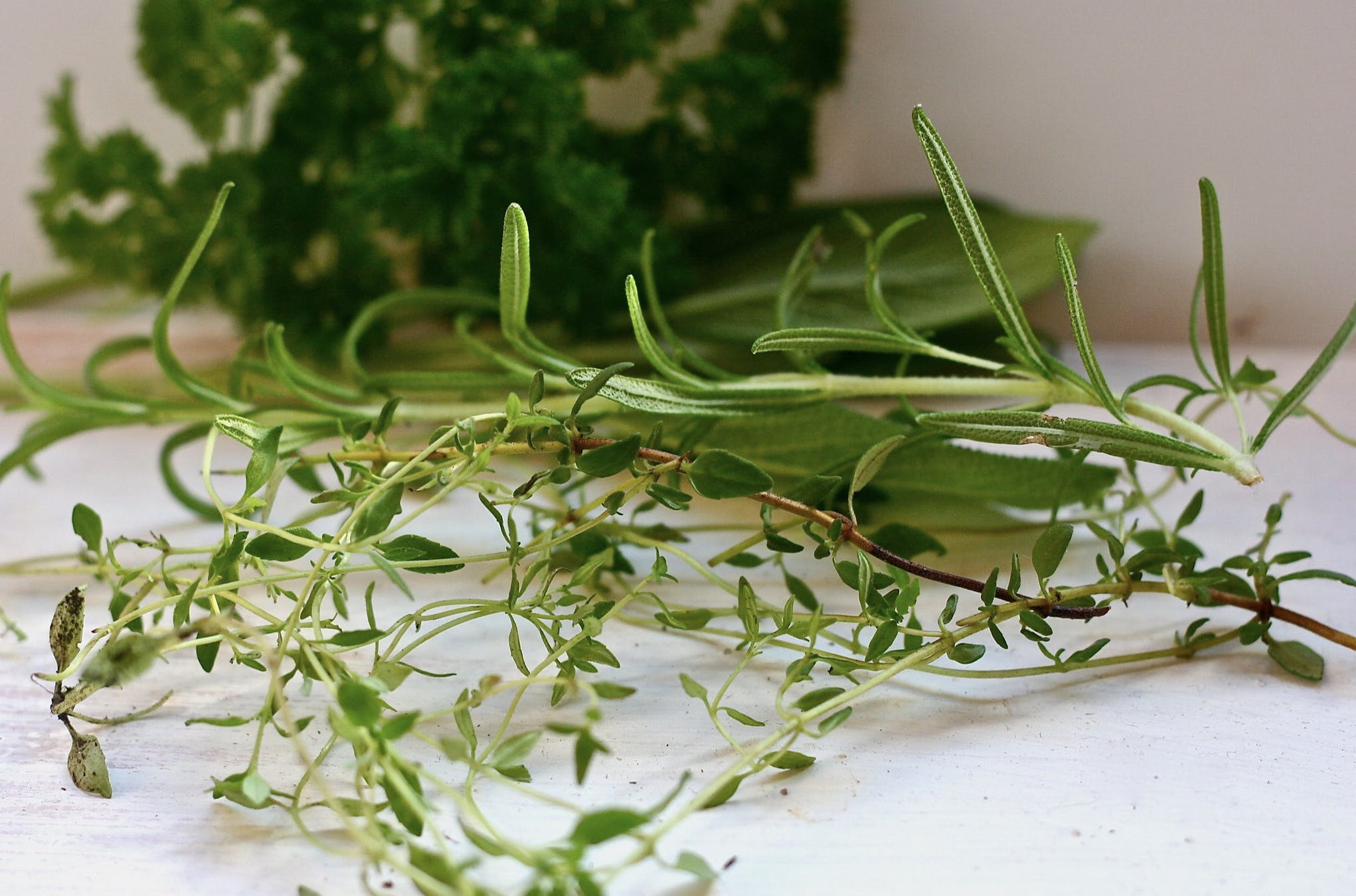
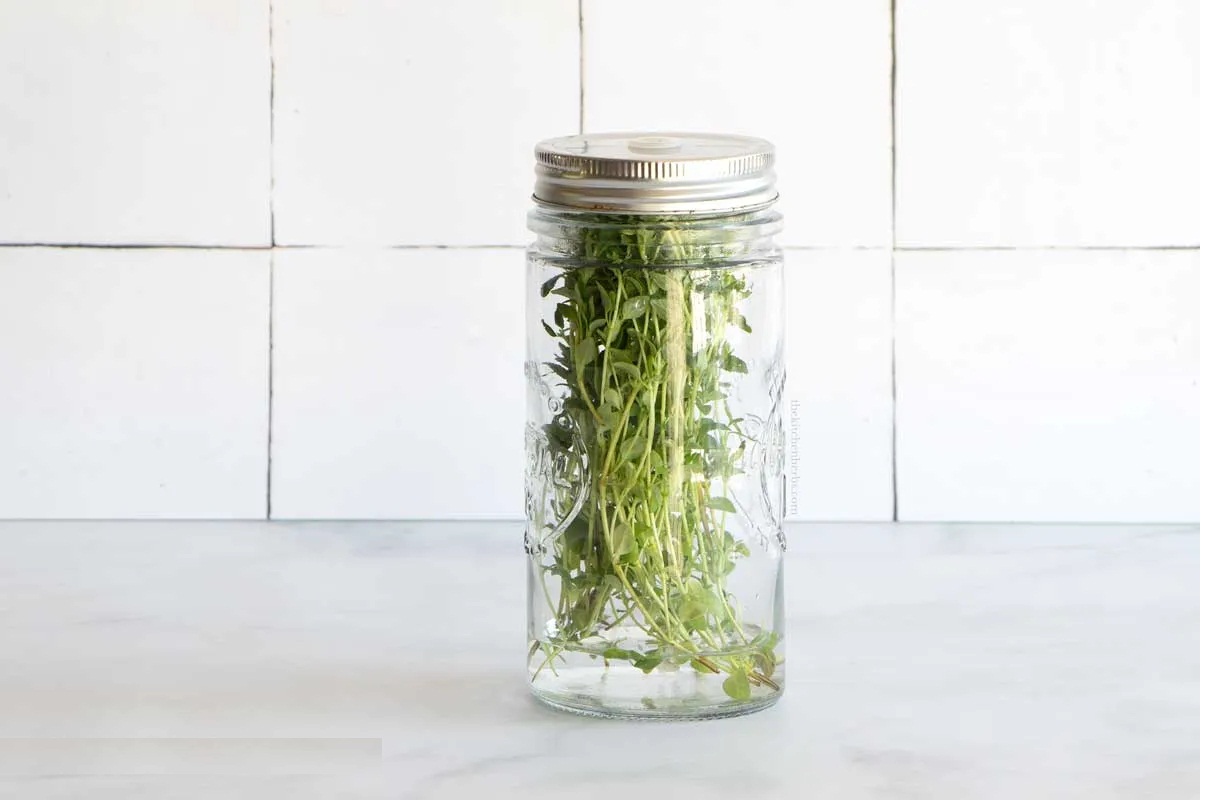


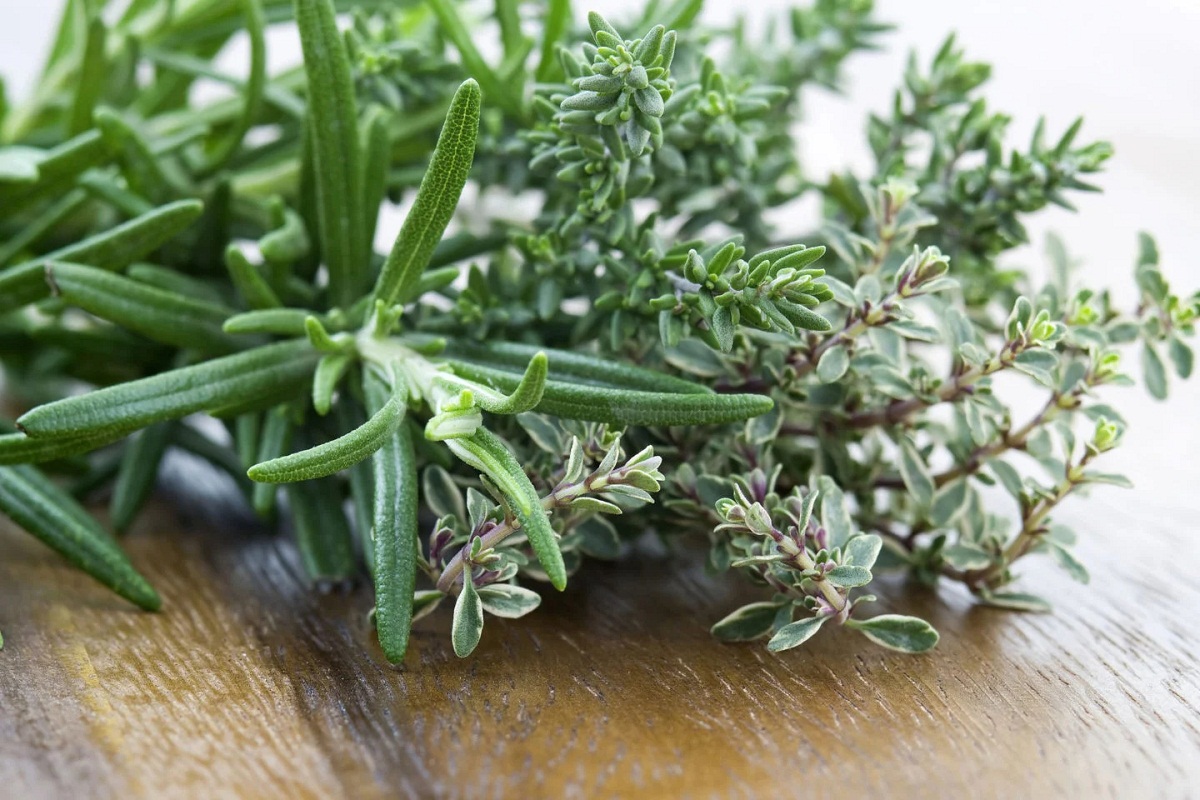
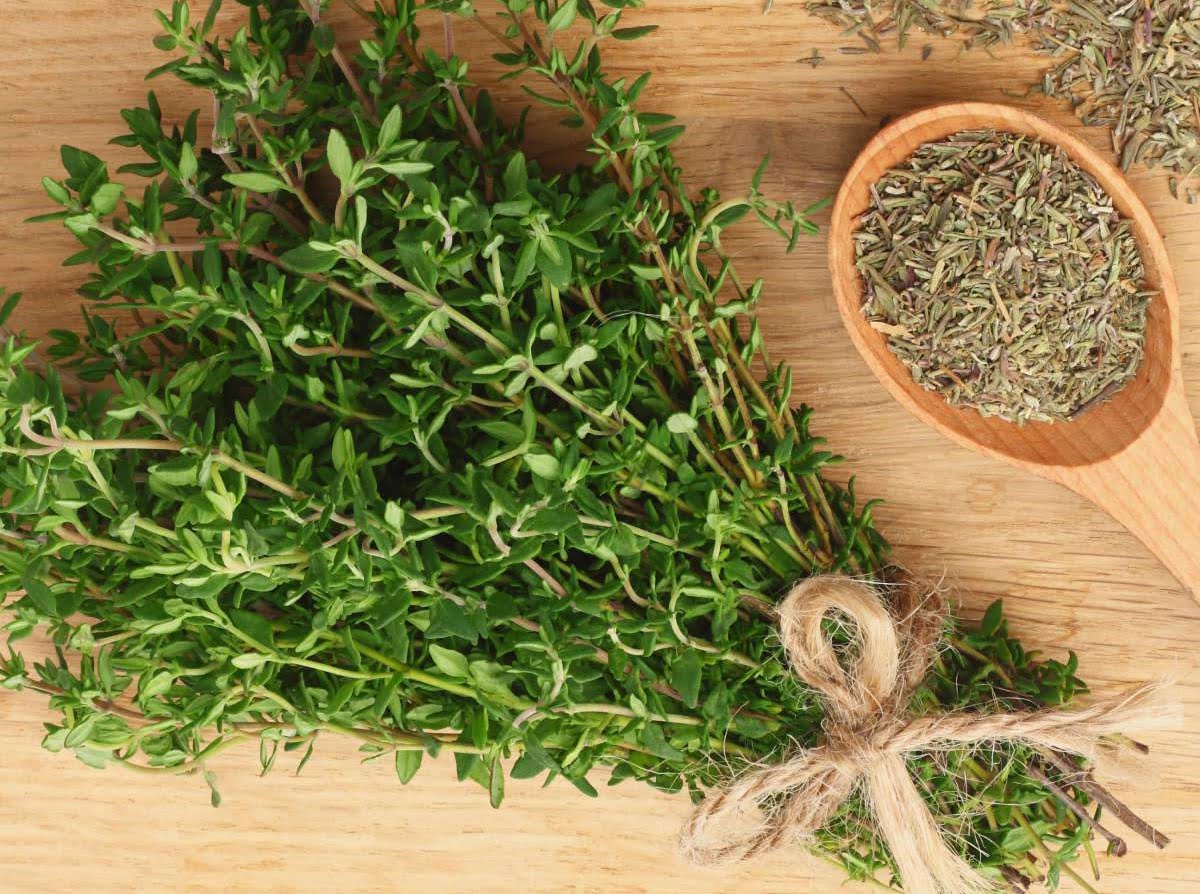
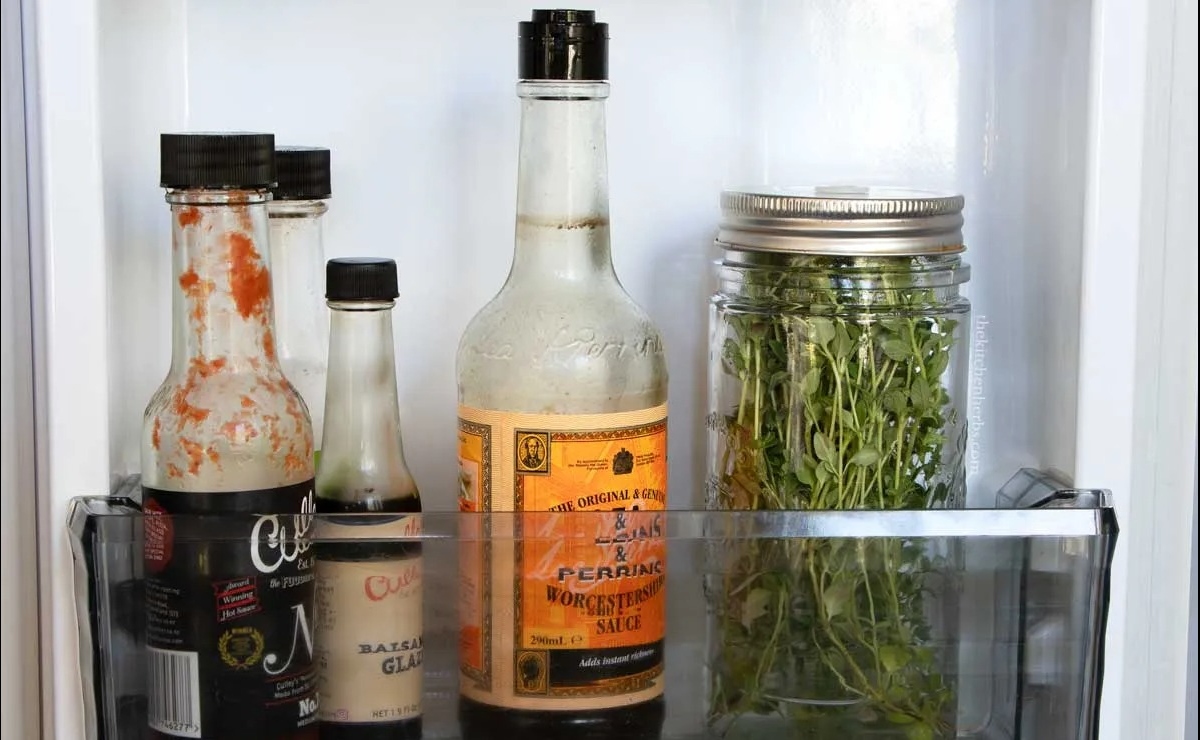

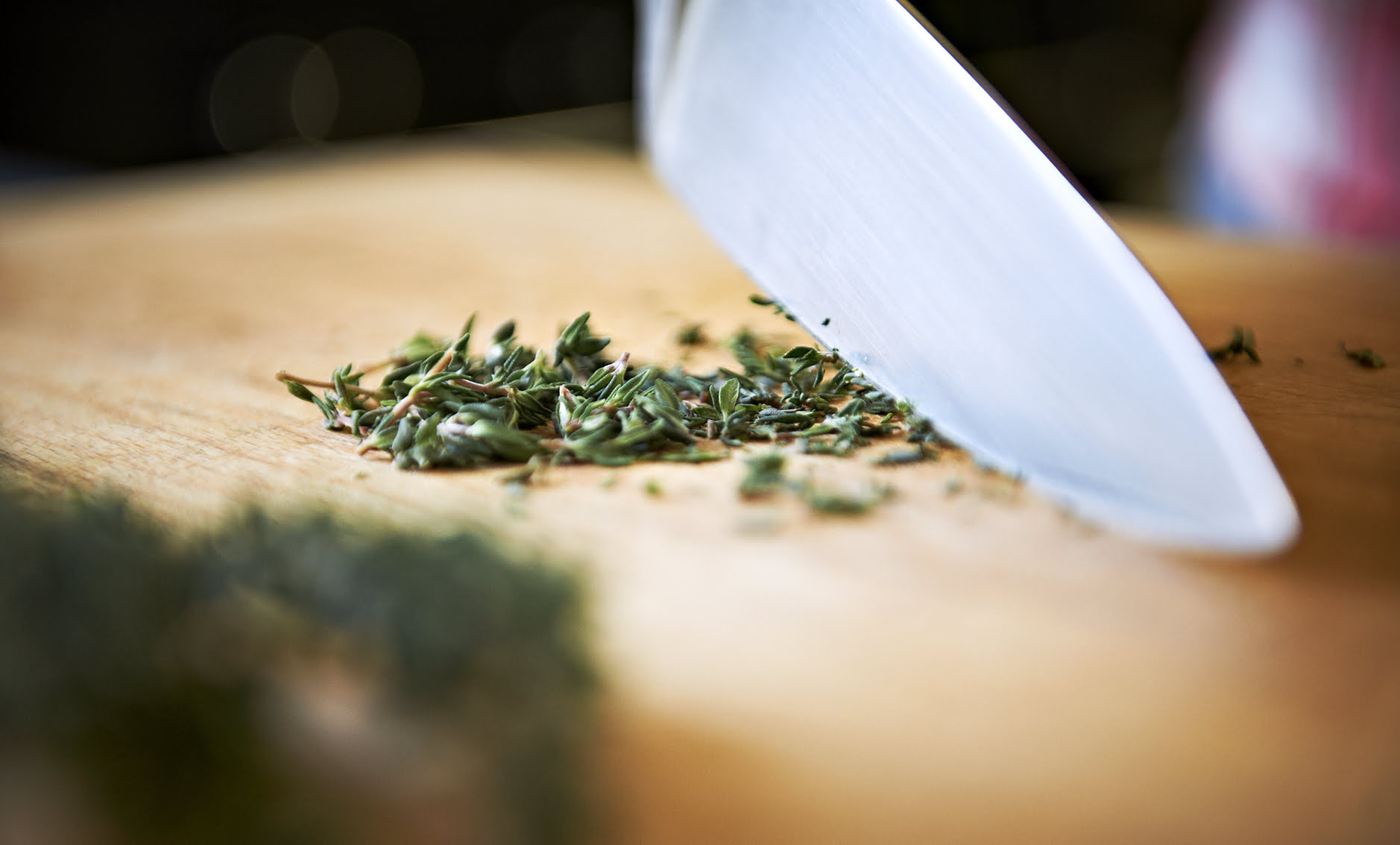
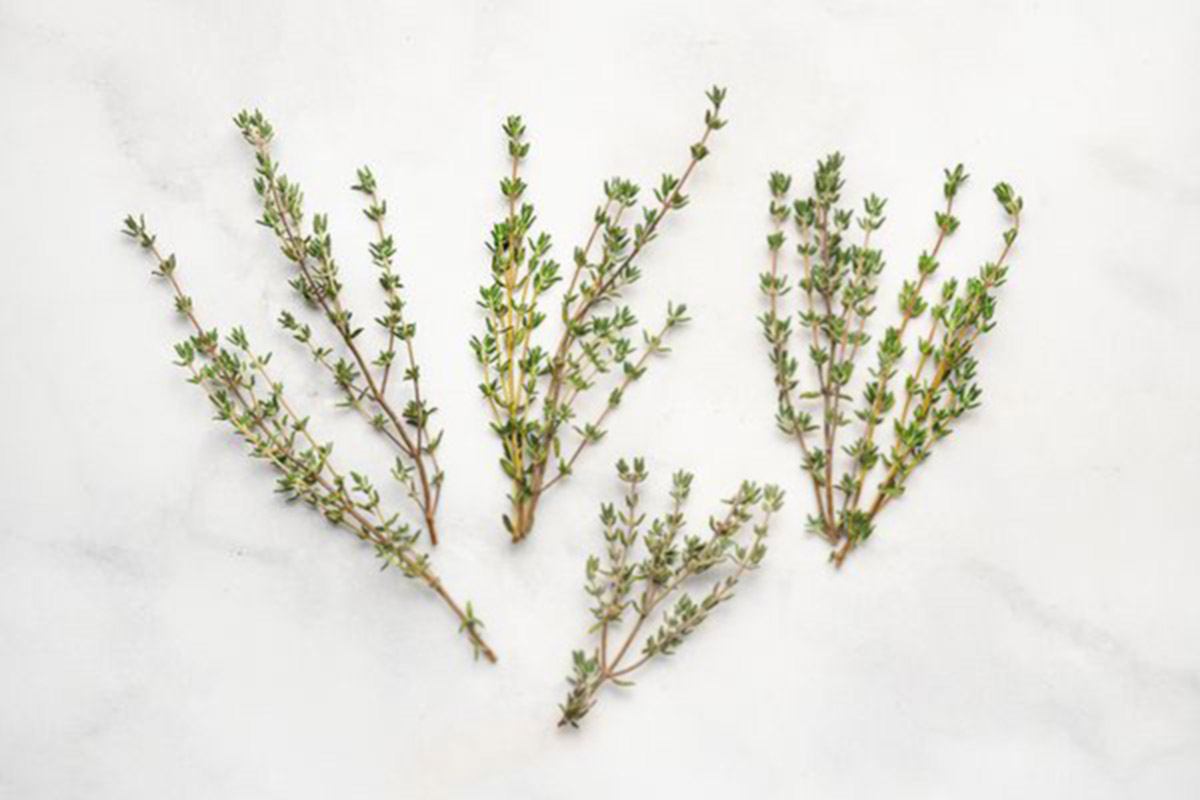



0 thoughts on “How To Freeze Fresh Thyme”